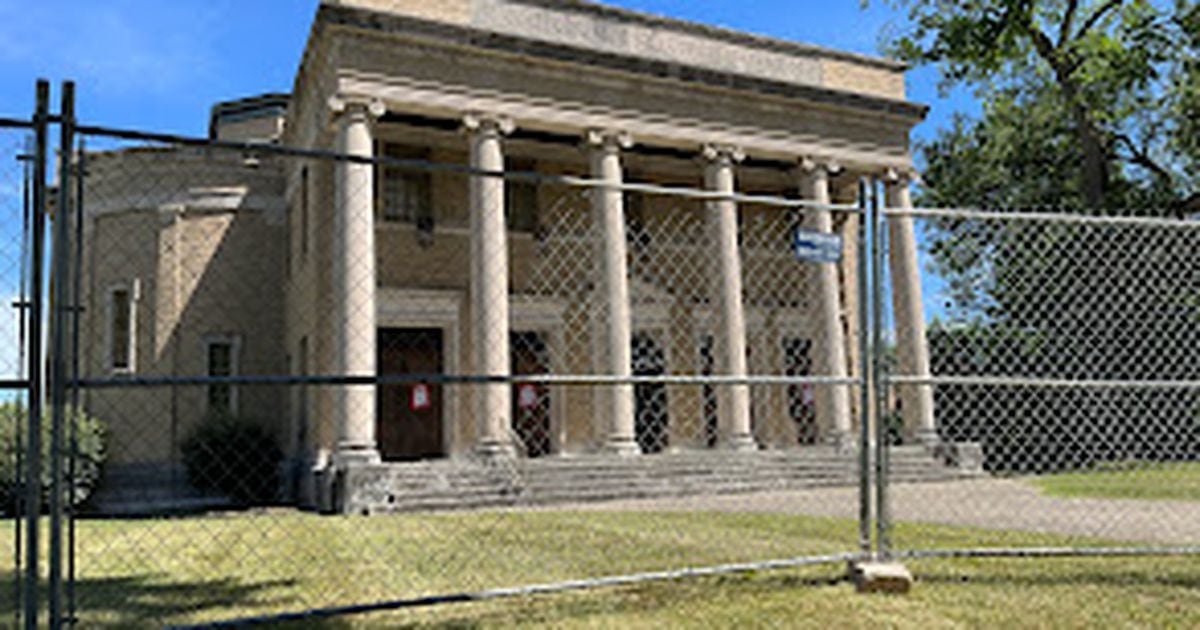According to the deed for the site, the property is not to be used for any purpose other than as an owner-occupied residence for 50 years. But that restriction does not prevent the owner from dividing the property into condominiums or “separate building lots.”
The city issued a wrecking permit for the property to Steve R. Rauch Inc., of West Carollton.
The city has also issued a residential permit for that address for a “two-story single residence with (a) basement.” The permit was issued to G.A. White Homes Inc., a Beavercreek custom home builder.
A local family has purchased the site with plans for a home there, Dayton attorney Natalie Rauf wrote to city government and the University of Dayton Tuesday.
“We understand there may be curiosity about the family’s plans for the property,” Rauf wrote. “The family intends to build a new residence on the property and they look forward to living in the city of Dayton and being a part of the local neighborhood. The exact timeline of the construction is not known at this time.”
The area at the northeast corner of Sawmill and Rubicon roads was being fenced off Tuesday morning. Warnings about asbestos were posted on the structure’s front doors.
The buyer and the seller in the two-parcel transaction back in April both had addresses that match the University of Dayton’s address, 300 College Park Drive. Records identified the buyer as 105 Sawmill LLC, and the seller as East Aqua Development, also an LLC.
The city’s wrecking permit identifies the site’s owner as East Aqua Development VI LLC, also at 300 College Park.
In April, a spokeswoman for the university said UD no longer owns the property.
However, Mary Ann P. Recker, vice president and general counsel at UD, signed the incorporation papers for the the creation of 105 Sawmill LLC, according to state filings. The LLC was created in March this year.
The transaction’s conveyance form showed that no money was exchanged for the property. The grantor and grantee — the “seller” and the “buyer” — are owned by the same parent entity, records showed.







